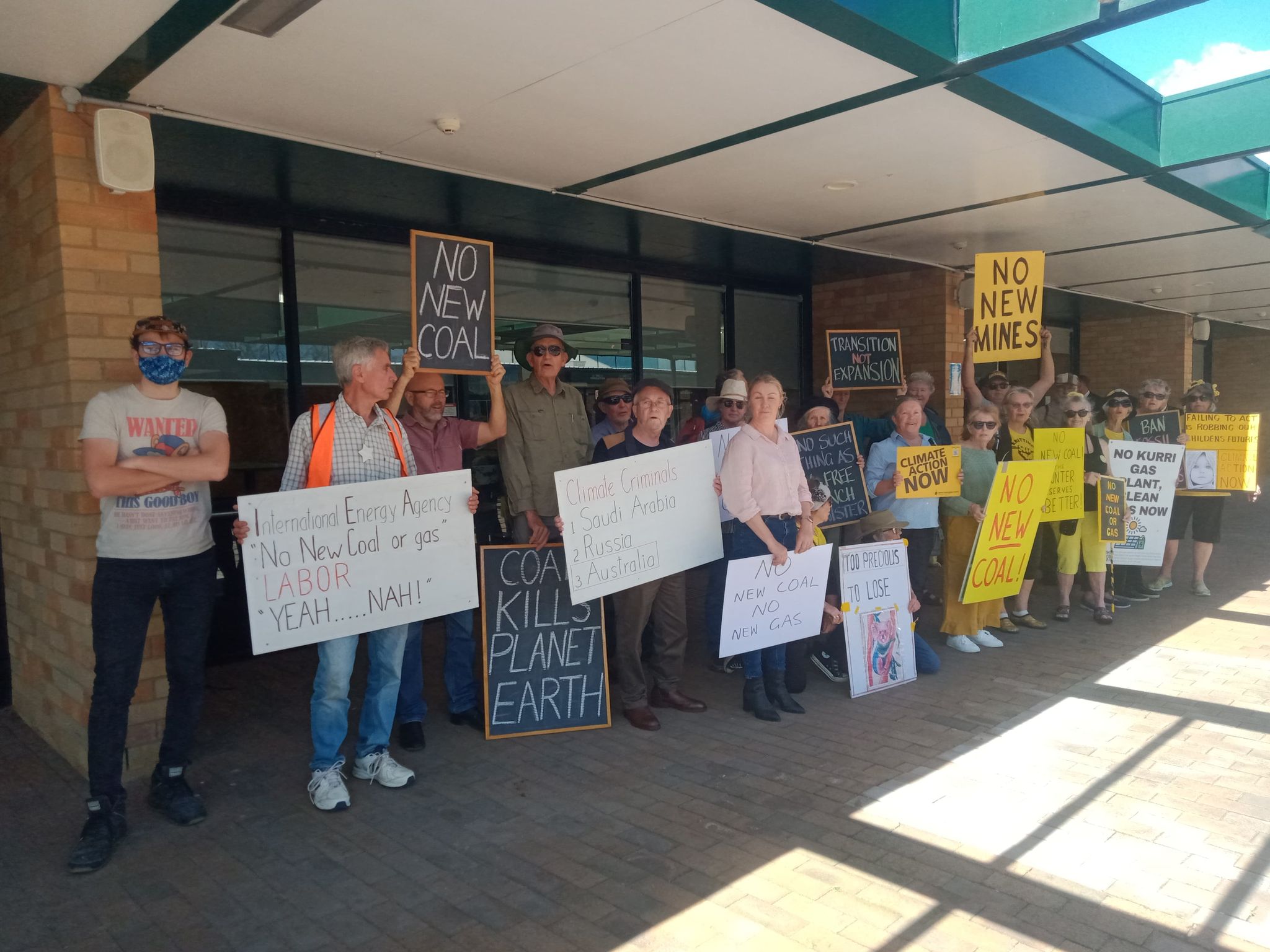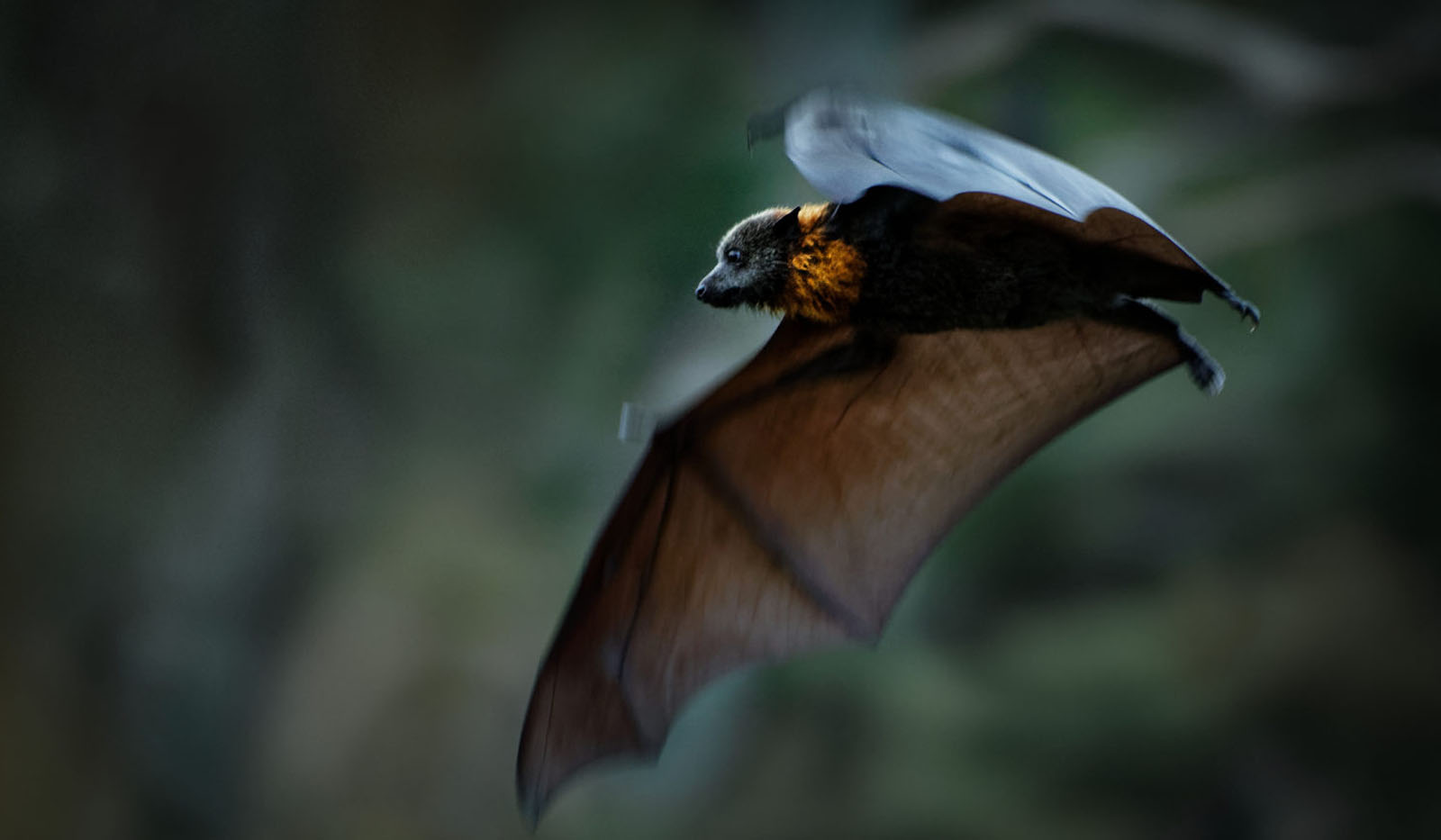Threatened species at risk
We’ll argue on behalf of DAMSHEG that the IPC failed to manage the risk the mine poses to a rare newly discovered legless lizard (Delma vescolineata).
The Hunter Valley Delma was first discovered in 2012 and confirmed as a distinct species earlier this year.
It only occurs in the Hunter Valley and Liverpool Plains of NSW.
The IPC should have considered the impact of the mine on this creature but instead deferred and delegated impact management to another authority.
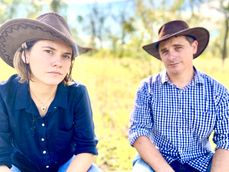
Help us use the law to protect threatened species
Donate today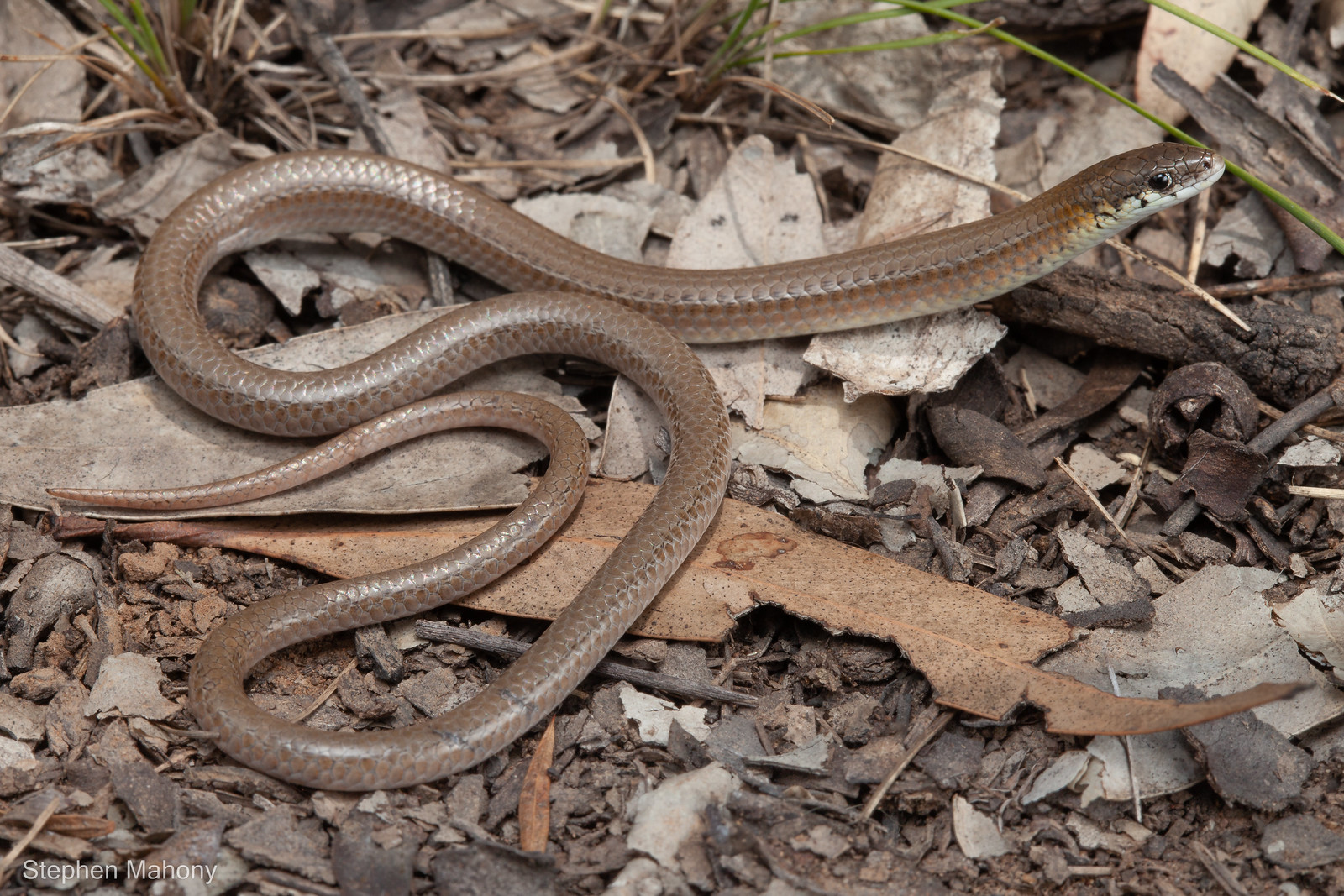
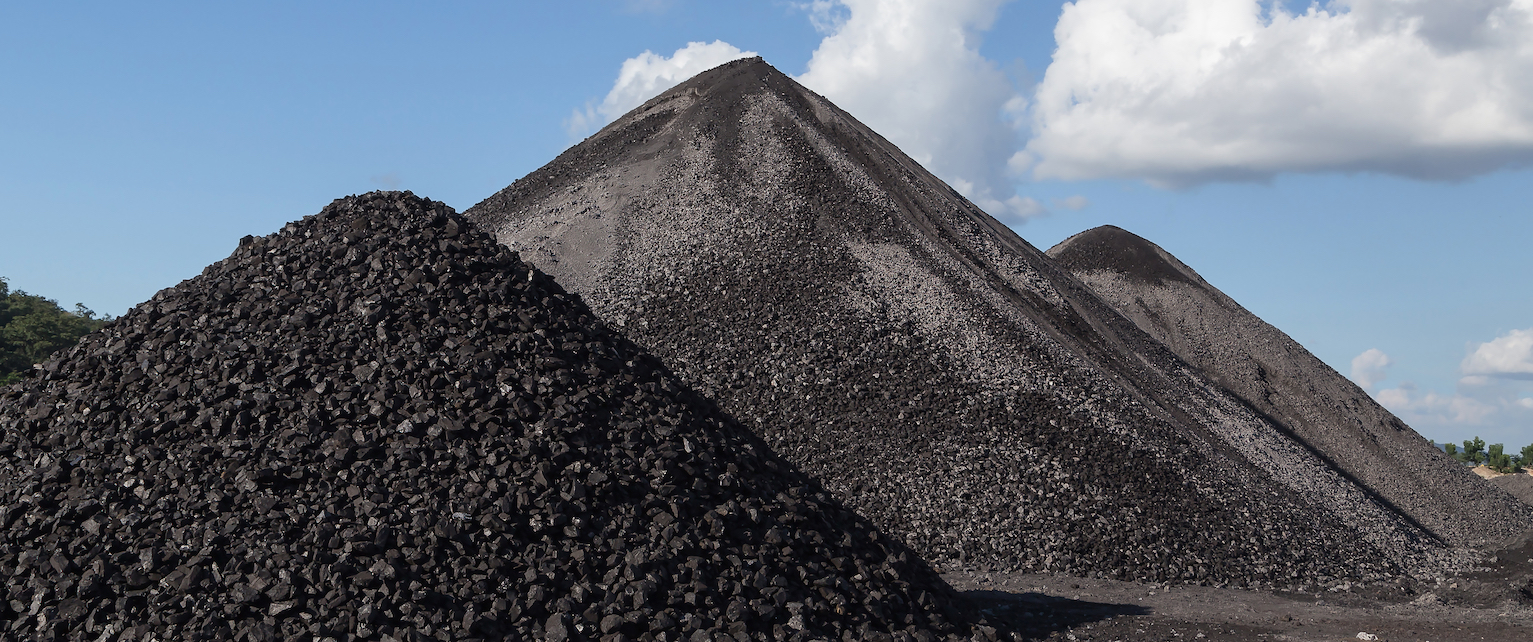
Burning coal and climate change
We’ll argue the commission failed to assess the impacts of Scope 3 emissions on NSW environment.
Scope 3 emissions are the greenhouse gases released when the coal from the mine is burned overseas. The project is expected to produce 876 million tonnes of CO2e when Scope 3 is taken into account. Only 16 million tonnes of this are Scope 1 & 2 CO2e, which is what the IPC based its decision on.
Just because Scope 3 emissions are ‘accounted for’ overseas, doesn’t mean they don’t harm Australia.
The earth only has one atmosphere so even though emissions are released overseas, where the coal is burned, these emissions still contribute to climate change that harms us here. The IPC said that because other countries are bound by the Paris Agreement, the emissions are accounted for. Our client, DAMSHEG, argues that the IPC should have assessed the harm these emissions would do to the environment in NSW.
We’ll also argue on behalf of DAMSHEG the mine is not in the public interest and could harm the interests of future generations
This is the largest mine expansion for some time in NSW, at a time when the world needs to be rapidly reducing greenhouse gas emissions in order to limit the impacts of climate change and to stay within the carbon budget required to keep temperate increases below 1.5 degrees.
We need your help to power cases like this and hold polluters to account.
Donate today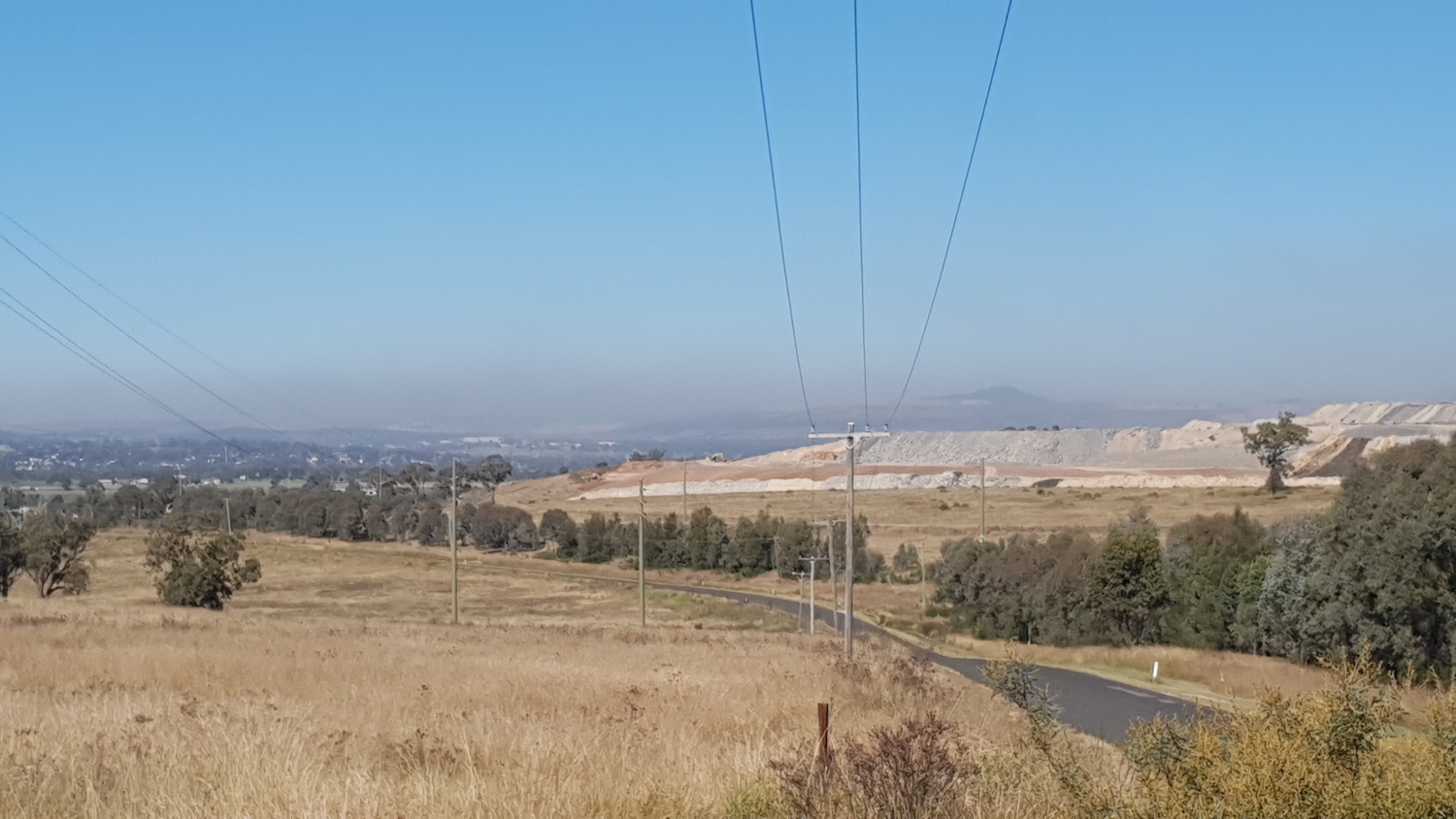
Toxic air pollution – a danger to health
We’ll argue the commission acted unreasonably because it failed to address the health impacts from dust and pollution on the local community.
The mine is located in one of the most polluted parts of the Hunter Valley with air pollution frequently exceeding safe levels. There is no safe level of PM 2.5, which has been linked to serious health impacts like heart disease and asthma.
Hunter New England Health raised serious concerns about air quality in the region, with monitoring in Muswellbrook showing exceedances of national standards (NEPM) for PM10 and PM2.5, and therefore it is not acceptable to allow further increases that may impact on the health of residents in the area.
Local air pollution is cumulative – another huge mine equals more pollution.
During the 2019/20 bushfires, mines in the Hunter Valley had to shut down due to pollution. These same mines are driving further climate change, which drives more extreme bushfire seasons in the future.
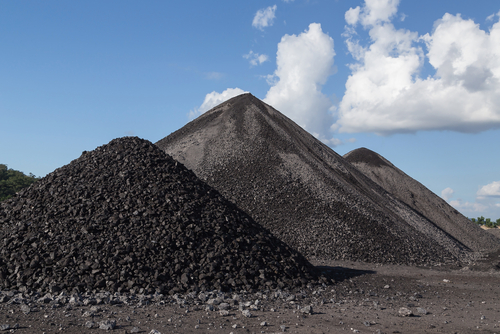
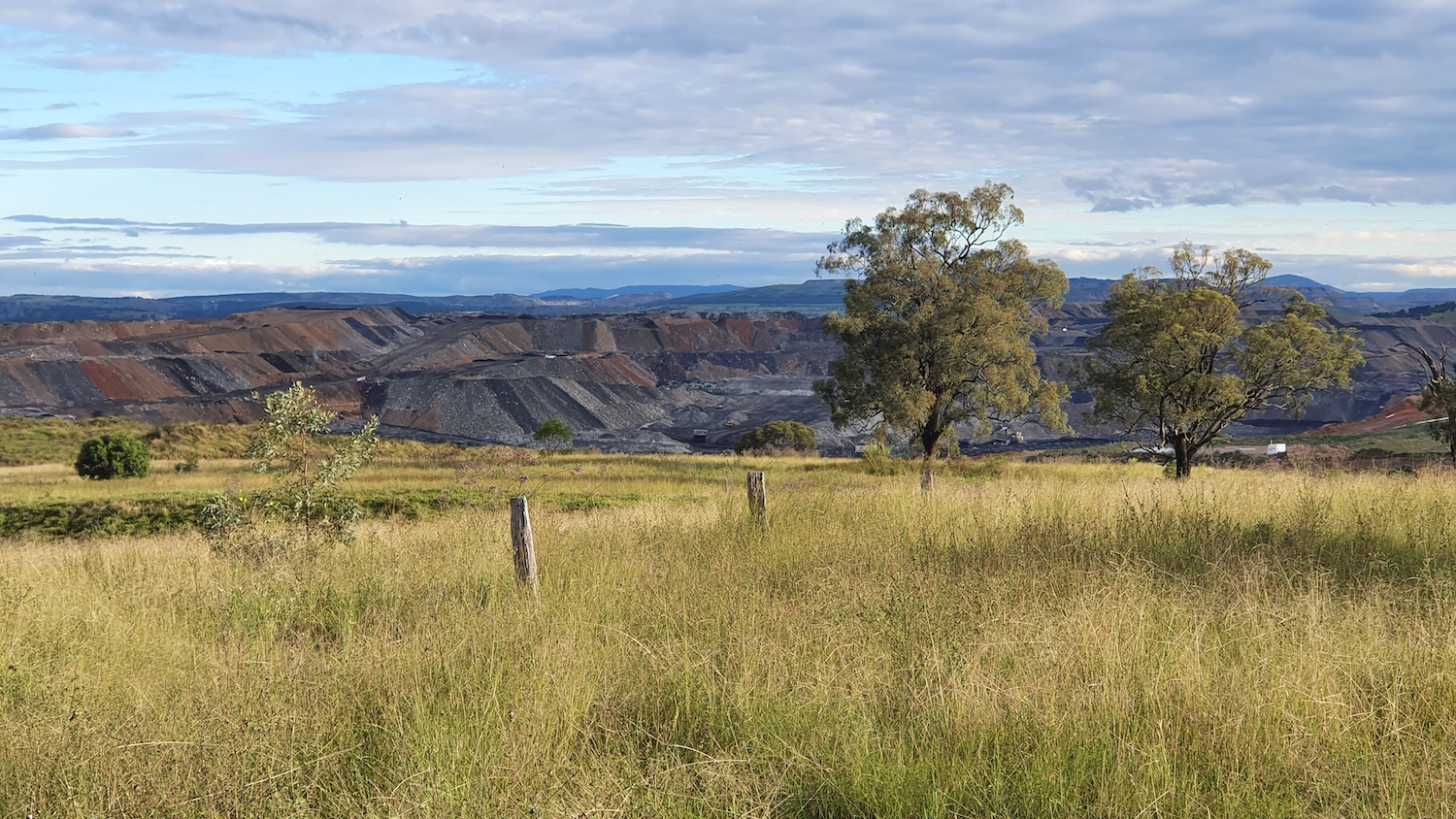

“Muswellbrook already has the worst air quality in NSW. Allowing Mount Pleasant to become the biggest open-cut coal mine in the state, directly upwind of town, is only going to make this dangerous health problem worse.” – DAMSHEG President Wendy Wales.
Donate to help power cases like thisYour donation today will help to:
Provide legal support for front line communities standing up to fossil fuel giants in court.
Bring state of the art climate science into the courtroom where it counts.
Find new ways to use the law to challenge harmful coal and gas projects.
Take legal action against corporate polluters for greenwashing their role in the climate crisis.

Support urgent legal action to help keep dangerous coal and gas in the ground.
Donate todayAbout EDO
Driven by dedicated supporters like you, Environmental Defenders Office (EDO) is the largest environmental legal centre in the Australia-Pacific, dedicated to protecting our climate, communities and shared environment by running groundbreaking legal cases, leading law reform and providing access to justice.
Defending the environment with and on behalf of First Nations peoples, community groups and individuals in the highest courts.
Holding government and industry to account over matters like development, pollution, and environmental destruction.
Designing and advocating for stronger state and federal environmental laws to protect our environment and native species.


